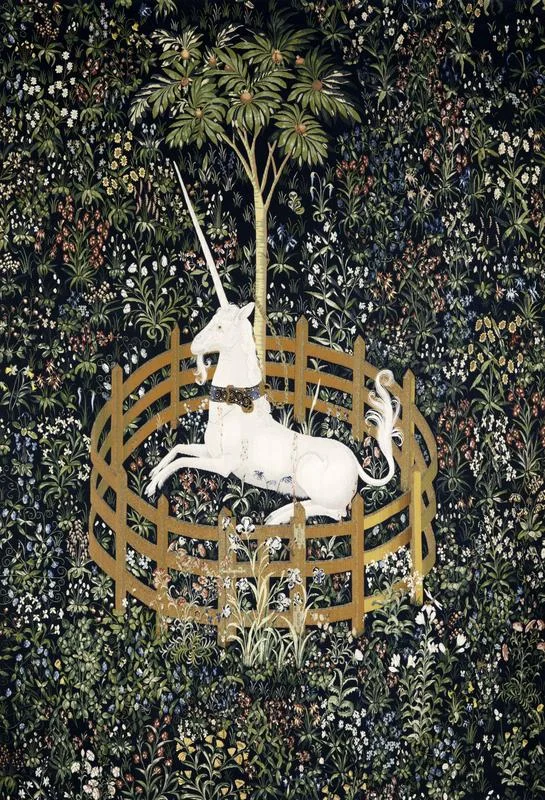It’s something that makes being a participant a hard thing to do.
At its worst, I can’t begin speaking without coughing first. At its best, my words will flow over a rippling tarantula. I may speak, but at the same time I feel a crawl. It becomes too much, a cough interrupts my speech, and then it resets to a growing tingling again. Morning, afternoon, night, day in and day out for two years. Several times I’ve felt it recede until I thought it must almost be gone—just a light cough that only occasionally warps my speech—and then it becomes stronger, and then it becomes a cold. I think this has happened every month this year, after I set a resolution to “never get a cold again” on the new year.
It’s easy to make changes when you’re desperate to heal. I’d seen a dozen doctors and specialists, tried all kinds of treatments and racked up medical bills. At the beginning of this year I thought, maybe my immune system is just weak and I just keep getting colds sequentially, as the remains of one ignite the next. So I set about improving my immune system.
The first thing I addressed was my weight. At 6 feet, I weighed 123 pounds. I still am underweight, weighing 133, after months going to the gym 5 days a week, then teaching yoga every day, and eating in bulk, but I am stronger than I have ever been and grow every day.
The second thing I addressed, more recently, was my diet. I used to eat whatever without much thought about whether it was healthy or not, or contributed to stuff like nasal inflammation or not. As of September I’ve started to transition to a plant-based diet, eating primarily legumes, vegetables, and fruit. I read How Not To Die to learn how to do it properly. I haven’t gone full vegan yet, but based on how much better I’m generally feeling, I probably will.
Still though, I have a cough. It is debilitating. When I taught yoga, I would often sit up during meditation to make sure I didn’t choke on my mucus. It would change my voice, but my students wouldn’t notice, because that was the only way they’d heard me. I was a damn good teacher and my student reviews reflected that, but I was working with a voice that would often just stop working. For this same reason I was a very quiet public speaking instructor. My cough projected an image of timidity that shattered when I spoke but nevertheless became a characteristic, because it is damn hard to speak with this.
So I proceed, living as I wouldn’t choose to live, more often an observer than a participant because to participate is to participate with a strong cough, to have difficulty saying the simplest things, to resort to only body movements and still cough. When that’s the norm, the simplest interactions become a hill to climb—a struggle rather than a dance. It’s no wonder I’ve struggled with depression these past two years.
There’s a song by ODESZA (“Intro”) that tells a story about a cosmonaut. He’s up in space looking out a little portal window at the curvature of the earth, and all of the sudden a noise starts to come from somewhere. It ticks, ticks, but he can’t find it. Tick. After a few hours, it starts to feel like torture. A few days go by and he feels like the sound will break him. But what’s he going to do? He’s cramped up in a space closet. So the cosmonaut decides the only way to preserve his sanity is to fall in love with the sound.
I told this story in a yoga class, where there’d been construction nearby all week, and a jackhammer ringing on outside the window between the instructions I was giving. Like a curse, I’ve always lived in proximity to ongoing construction since then. Fall in love with this sound, will you, the world seems to be saying.
I dreamt I was copiloting a spaceship last night. We were taking people to the moon when some kind of virus came on board and started making people disappear, so we tried to contain it. This turned my focus away from piloting and had me running around the ship, only to discover we could only cut our losses. When I was on my way back to the cockpit—just before I woke up—I wasn’t sure we could still make it to the moon.
There’s a beautiful game called To The Moon that I played many years ago. Two doctors weave through an old man’s memory to fulfill his dying wish, that he had gone to the moon. In the game, you traverse through his memories and help him live an entirely different life in his head, where he did become an astronaut, and he went to the moon. But to change his memories, you first have to live through his real memories, where he fell short of his dreams, and you come to understand why he, naturally, couldn’t become an astronaut, and why he wished so strongly that he had.
But we don’t get to change the life we lived to fulfill our dreams, and we get stuck with the dreams we lived or didn’t. We make it to the moon, or we don’t, and sometimes there are things that make it harder than it needs to be. For me, this cough feels like one of those things.








